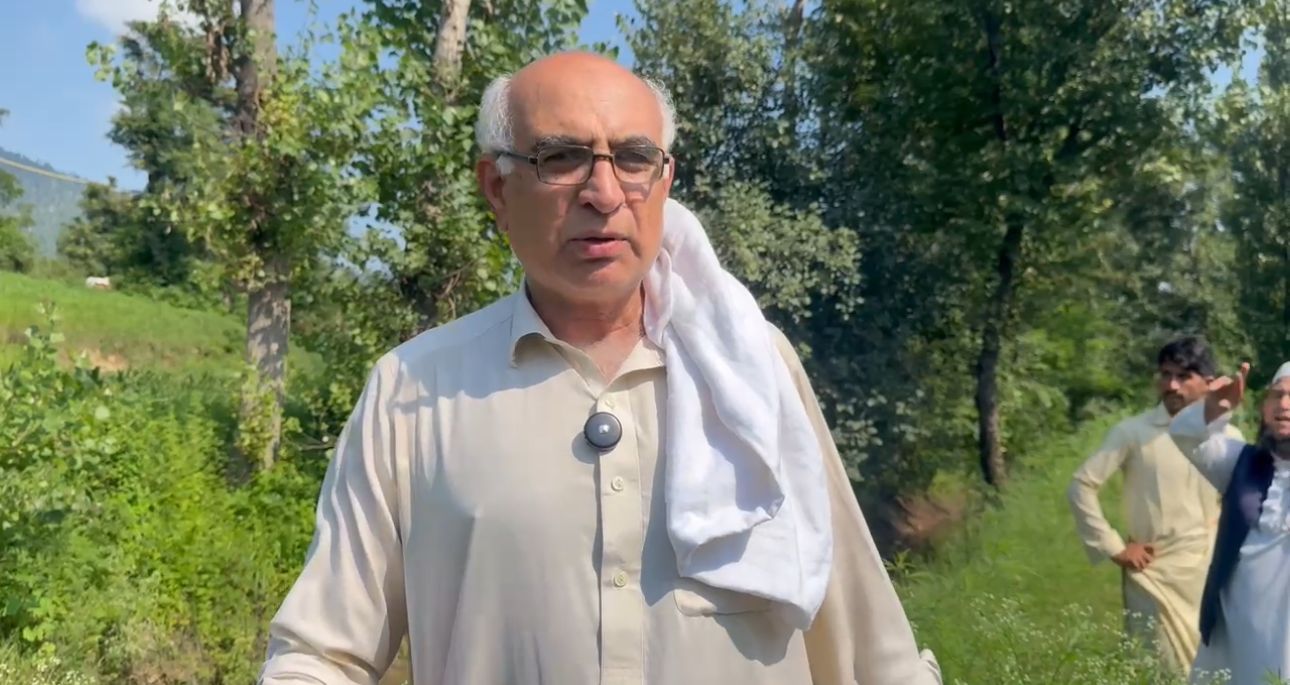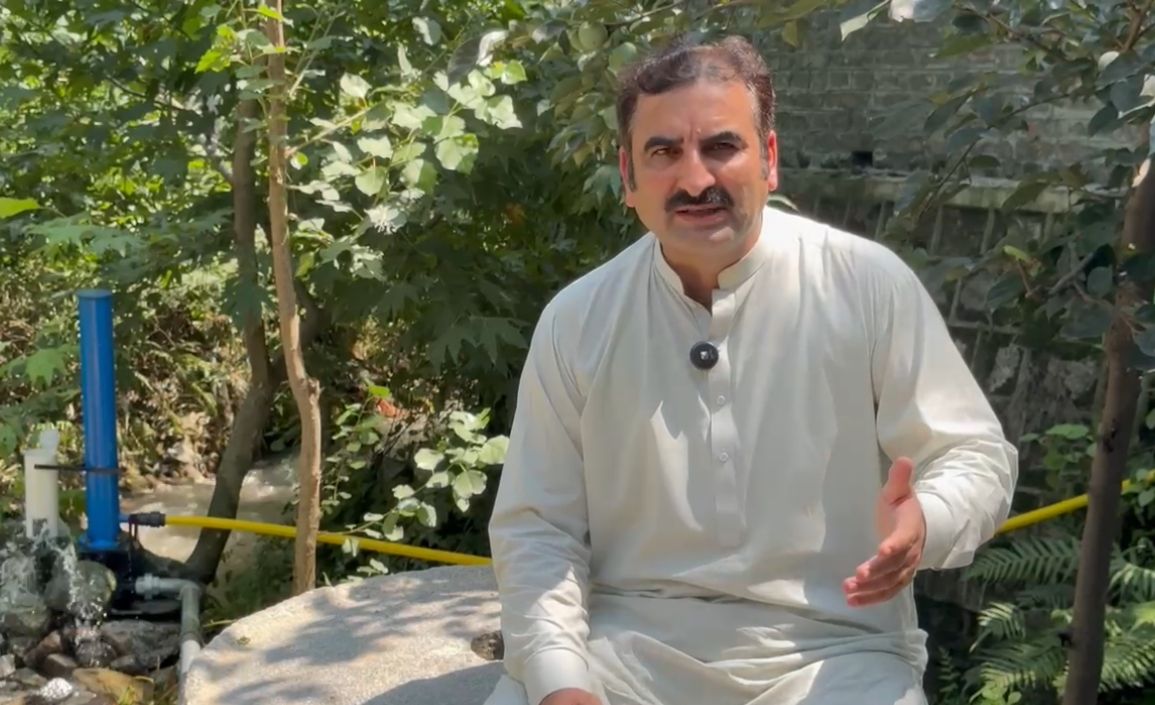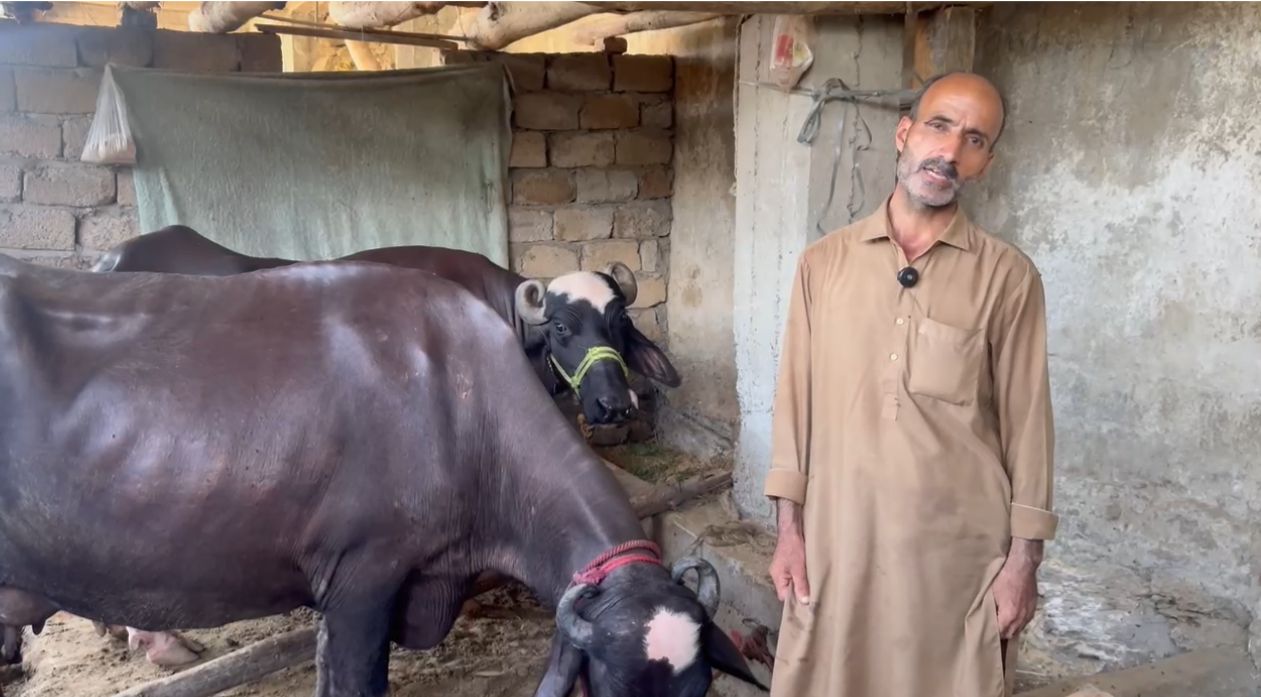In the scenic yet rugged hills of Mansehra’s Union Council Achhriaan, nestled in the Shinkiari region, a simple but revolutionary technology is reshaping lives and combating climate change without using a single drop of fuel. A hydraulic ram pump, installed with the support of the International Water Management Institute (IWMI), has emerged as a game-changer for water-scarce communities, offering a sustainable and cost-effective solution to one of the toughest challenges in mountainous areas: water accessibility.
A Simple Technology, A Powerful Solution:
The hydraulic ram pump operates on a basic principle of gravity and water pressure, requiring no electricity, diesel, or any external power source. Water from a natural spring or stream is channeled downhill through a pipe, creating pressure via a valve system. This pressure pushes the water uphill into homes and fields, ensuring a continuous and clean water supply even at high altitudes.
The beauty of the system lies in its simplicity: zero carbon emissions, low maintenance, and high impact. It has enabled round-the-clock water supply without environmental degradation or financial burden.
The Visionary Behind the Pump:
Engineer Rehmatullah Kundi, the man who introduced this technology in Pakistan, began his experimentation in Shinkiari in 2014. After initial success and recognition, he gained support from ICIMOD, WWF, and UNDP, which helped install 30 such pumps across Gilgit-Baltistan. “This is not just irrigation it’s about land stabilization, food security, and sustainability,” he says. With four decades of experience in academia and engineering, Kundi continues to innovate in renewable energy with solar pumps, water heaters, dryers, and more.

A Climate-Smart Approach:
According to Kifayat Zaman, Senior Researcher at IWMI, the project aims to promote climate-resilient agriculture. “Lower-altitude areas benefit from springs, but upper regions struggle. This pump solves that. It runs entirely on the internal inertia of water no fuel, no electricity,” he explains.

In Mansehra, more than 30 such pumps are either installed or under construction. Each system costs around PKR 350,000 and provides year-round water, even in dry seasons.
Zaman highlights how the pump has reduced the physical burden on women and improved conditions for farmers and livestock owners alike.
Voices from the Community:
Imtiaz Ahmed, Chairman of the Civil Rights Foundation in Achhriaan, says the project has transformed local life: “The pump delivers 36,000 liters of water every 24 hours serving nearly 200 households. Previously, people spent thousands of rupees per hour on generators. Women fetched water from the Siran River. That burden is now lifted.”

Gulfaam Khan , Vice Chairman of the Union Council, calls it “a revolutionary technology” for the village—clean, quiet, and fuel-free. He applauds the project’s environmental and social benefits.
Dilawar Khan, a local farmer, shares how the pump has simplified livestock management. “I have many cows and buffaloes. Earlier, we had to go to the river for water. Now water is available right at our homes. We use 10–20 buckets daily and give water to the animals three times a day.”

Khushbakht, a resident woman, expresses relief over the end of her daily struggle: “We had to walk to the spring to wash clothes and fetch water for cooking and gardening. Now, everything is done at home. This has saved time, effort, and brought peace to our lives. I wish every rural area had access to this technology.”

A Model for Sustainable Development:
The benefits of the ram pump are far-reaching:
* Environmentally friendly (zero emissions)
* No fuel or electricity required
* Low operational costs
* Reduced workload on women
* Boosted agricultural productivity
* Reliable year-round water supply for crops and livestock
In remote villages like Achhriaan, the hydraulic ram pump is not just a water solution it’s a model for sustainable, climate-resilient rural development. It embodies how intelligent, nature-based solutions can uplift entire communities, safeguard the environment, and tackle climate change one drop at a time.






Comments are closed, but trackbacks and pingbacks are open.